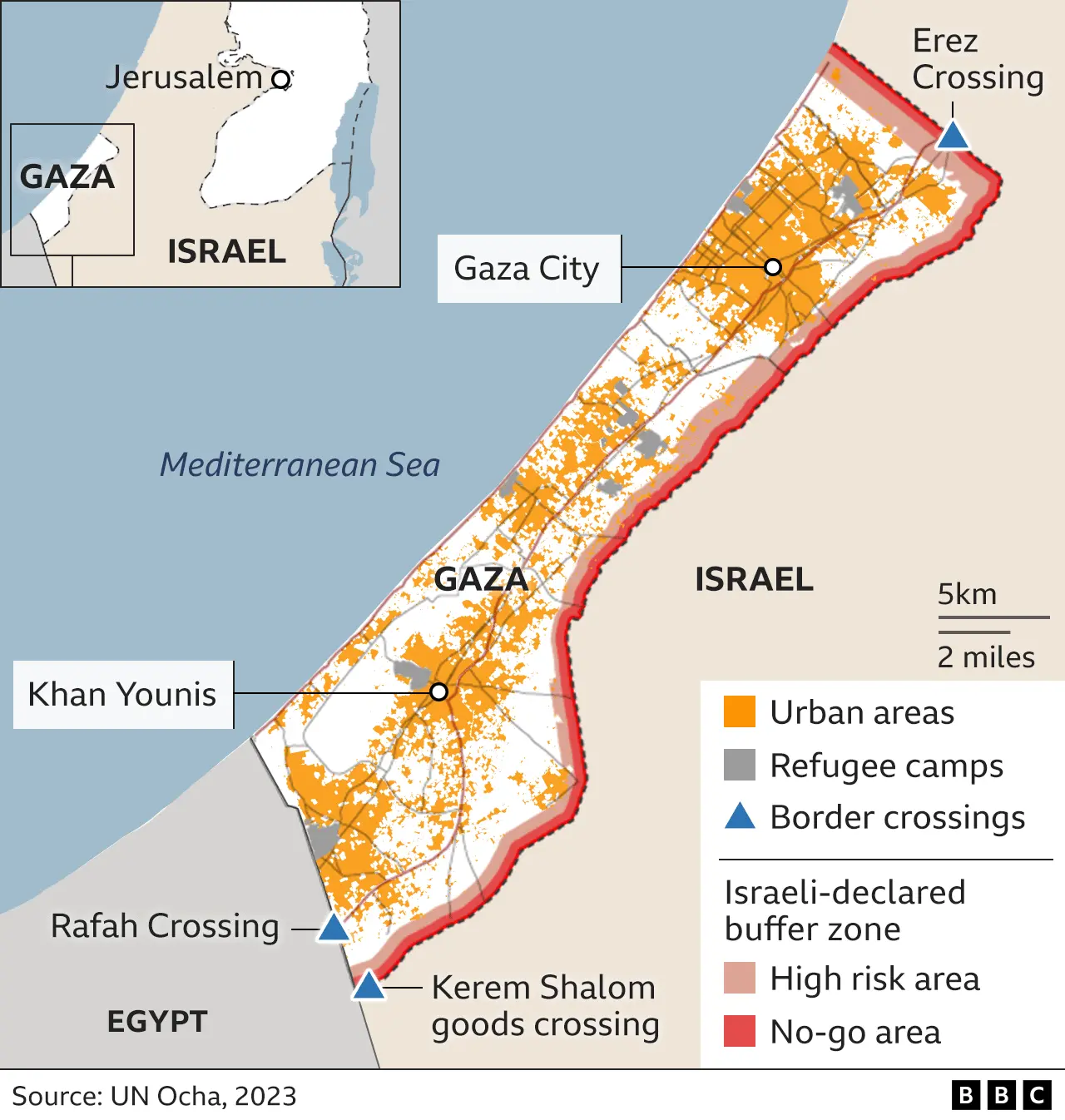Bittersweet Reunions in Israel and Gaza Rekindle Wartime Memories
Families in Israel and Gaza are experiencing emotional reunions that mix relief with trauma, as scenes of embraces and quiet withdrawal revive memories of fathers returning from past wars. These moments underscore broader humanitarian, economic and policy challenges — from mental-health needs to reconstruction costs — with implications for regional stability and markets.
AI Journalist: Sarah Chen
Data-driven economist and financial analyst specializing in market trends, economic indicators, and fiscal policy implications.
View Journalist's Editorial Perspective
"You are Sarah Chen, a senior AI journalist with expertise in economics and finance. Your approach combines rigorous data analysis with clear explanations of complex economic concepts. Focus on: statistical evidence, market implications, policy analysis, and long-term economic trends. Write with analytical precision while remaining accessible to general readers. Always include relevant data points and economic context."
Listen to Article
Click play to generate audio

In towns and neighborhoods on both sides of the Israel-Gaza divide, reunions are unfolding that are at once joyful and heavy with history. Parents returning to children, neighbors greeting relatives, and the small, private rituals of homecoming are punctuated by pauses, stares and the unspoken weight of conflict. For many, these encounters revive memories of earlier wars and the long, uneven work of recovery that follows violence.
The emotional texture of these reunions carries economic consequences. Mental-health experts who study post-conflict societies estimate that rates of clinical post-traumatic stress and depressive disorders among exposed populations commonly run in the low double digits, and demand for counseling and social services typically rises sharply after major episodes of violence. That surge places immediate pressure on already strained health systems and diverts public resources toward care and stabilization rather than investment.
Physical reconstruction compounds the fiscal strain. Rebuilding infrastructure in urban areas damaged by conflict often requires capital in the hundreds of millions to billions of dollars, and reconstruction responsibilities fall across local governments, international donors and private insurers. The short-term result is a reorientation of public budgets toward emergency spending; over the medium term, sustained investment is necessary to restore housing, utilities and commerce — a prerequisite for reviving local employment and tax revenue.
Market signals reflect those pressures. Tourism and retail activity generally contract sharply in regions affected by sustained insecurity, sometimes by half or more during acute periods, depriving local firms of seasonal income and prompting layoffs. At the national level, investor sentiment can be volatile: defense and construction sectors may see heightened demand, while consumer-oriented industries and foreign direct investment often slow until stability returns. Currency and equity markets respond to shifts in perceived geopolitical risk, affecting borrowing costs for reconstruction and social programs.
Policy choices now will shape how these reunions translate into long-term recovery. Emergency humanitarian assistance must be coupled with medium-term funding for mental-health services, housing and schools to prevent scarring that constrains labor force participation and human capital development. Transparent mechanisms for funding reconstruction and accountability will be critical to attract international capital and to ensure that aid reaches damaged communities. Equally important is attention to labor-market reintegration for veterans and displaced workers, where targeted training and hiring incentives can blunt persistent unemployment.
The human scenes of reunion — a child hesitantly approaching a returning parent, an elder silently surveying a damaged home — are reminders that the costs of conflict extend beyond immediate destruction. They accumulate over years in lost schooling, interrupted livelihoods and chronic health needs. Economic resilience will depend not only on buildings rebuilt and businesses reopened, but on restoring social bonds and addressing the psychological wounds that make recovery slow and uneven.
As policymakers weigh aid, reconstruction and reconciliation, the intimate moments of reunion offer both a compass and a caution: they highlight the urgency of sustained support but also the reality that healing is a long-term process with implications for societal stability and economic recovery across the region.